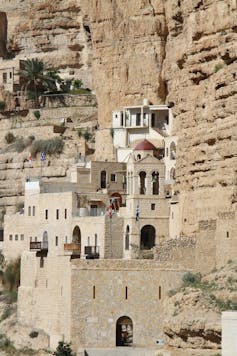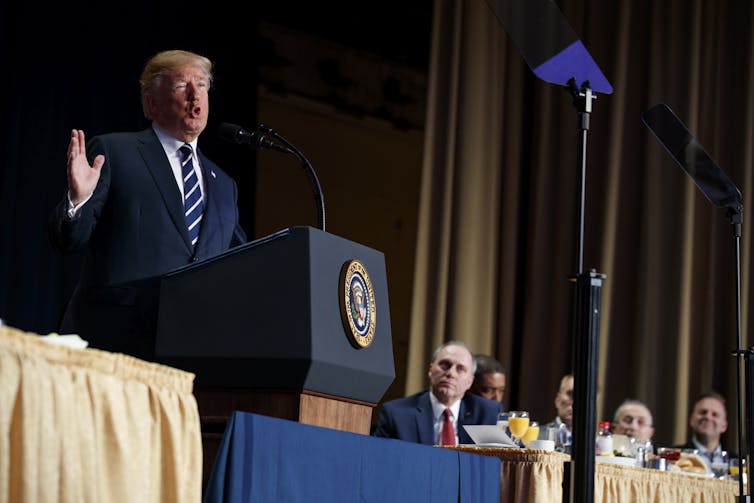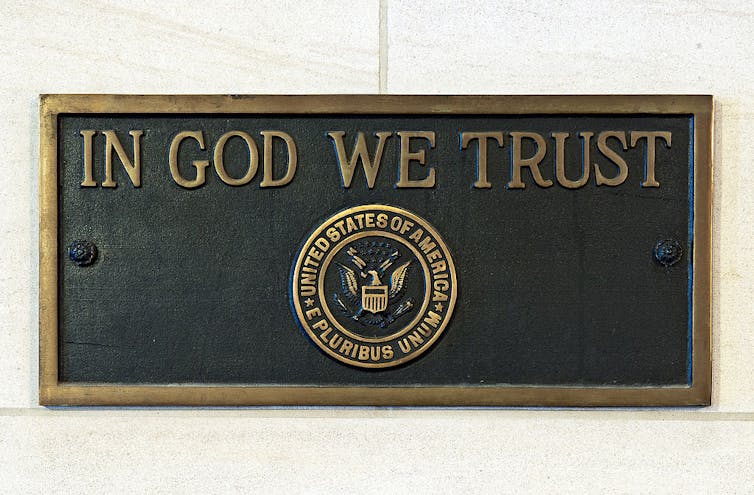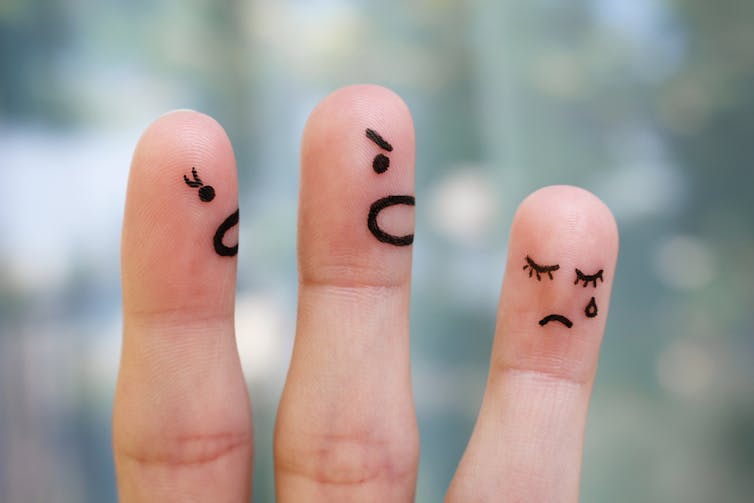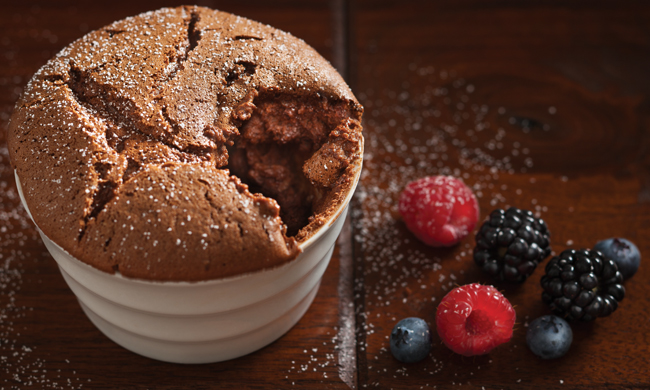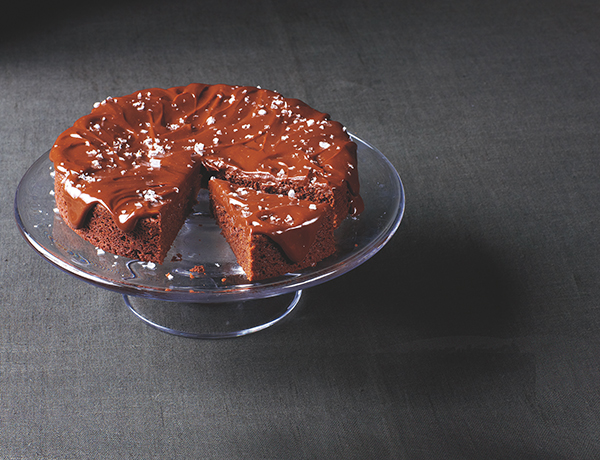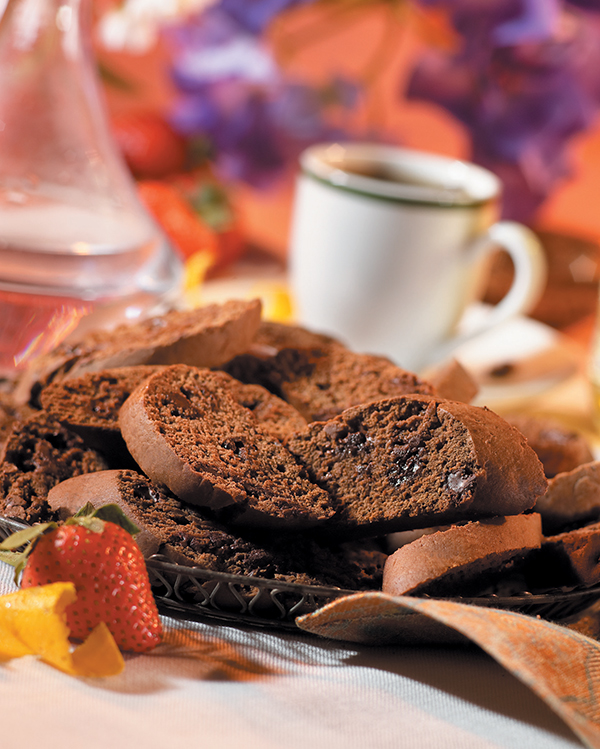Have you ever popped popcorn in a pot on a stove? It starts
off slow-one lonely kernel, a signal. Gradually more join in until it reaches
the point where the kernels are popping almost all at once-rapid-fire.
That's where we're at in terms of the awakening of
Consciousness on the Planet-those who are more interested in "transforming
the fabric of reality for the well-being of all," than in self-enrichment,
self-aggrandizement or self-promotion are awakening and recognizing two profound
truths: We are One and there's enough-and, Our time has come.
We are One and there's enough. There are enough
resources and enough know-how to create a world that is pollution-free and
providing abundantly for all its inhabitants. The sticking point is the
ignorance that promotes greed. In order to change that the Hundredth Monkey
effect has to kick in. And that depends on you-your active
participation.
I've been using this particular analogy for more than a
decade: Imagine humanity as a singular large body with each of us as individual
cells in that body. If we want the body to be enLightened, each of us needs to
focus on enLightening our own cell. The more of us who Light up our cells, the
Lighter the body will be. That 'Light' is awakened Consciousness, and critical
mass in terms of social engineering is a much smaller number than we
imagine-somewhere between 10-17%.
Our time has come. We have reached the point where
the process of awakening Consciousness is being supported on a mass scale-by
Cosmic forces of Universal proportion-and whether you know it or not, if you're
reading these words, you are meant to participate in this glorious
transformation of a civilization and a planet.
You're not being asked to make any sacrifices, and you're
not being asked to spend money you may not have. You're only being asked to
step forward and say: "I'm in. I'm willing to take the simple steps that
will enable Consciousness to more fully awaken in me. I'm willing to cultivate
Love in my own being and generate that Love into my community in order to
uplift humanity and 'transform the fabric of reality for the well-being of
all.'
Get on board-this is the ride of a lifetime.
By
Sahara Devi
Have
you ever popped popcorn in a pot on a stove? It starts off slow-one
lonely kernel, a signal. Gradually more join in until it reaches the
point where the kernels are popping almost all at once-rapid-fire.
That's where we're at in terms of the awakening of Consciousness on the Planet-those who are more interested in "transforming the fabric of reality for the well-being of all," than in self-enrichment, self-aggrandizement or self-promotion are awakening and recognizing two profound truths: We are One and there's enough-and, Our time has come.
We are One and there's enough. There are enough resources and enough know-how to create a world that is pollution-free and providing abundantly for all its inhabitants. The sticking point is the ignorance that promotes greed. In order to change that the Hundredth Monkey effect has to kick in. And that depends on you-your active participation.
I've been using this particular analogy for more than a decade: Imagine humanity as a singular large body with each of us as individual cells in that body. If we want the body to be enLightened, each of us needs to focus on enLightening our own cell. The more of us who Light up our cells, the Lighter the body will be. That 'Light' is awakened Consciousness, and critical mass in terms of social engineering is a much smaller number than we imagine-somewhere between 10-17%.
Our time has come. We have reached the point where the process of awakening Consciousness is being supported on a mass scale-by Cosmic forces of Universal proportion-and whether you know it or not, if you're reading these words, you are meant to participate in this glorious transformation of a civilization and a planet.
You're not being asked to make any sacrifices, and you're not being asked to spend money you may not have. You're only being asked to step forward and say: "I'm in. I'm willing to take the simple steps that will enable Consciousness to more fully awaken in me. I'm willing to cultivate Love in my own being and generate that Love into my community in order to uplift humanity and 'transform the fabric of reality for the well-being of all.'
Get on board-this is the ride of a lifetime.
Article Source: http://EzineArticles.com/9807237
That's where we're at in terms of the awakening of Consciousness on the Planet-those who are more interested in "transforming the fabric of reality for the well-being of all," than in self-enrichment, self-aggrandizement or self-promotion are awakening and recognizing two profound truths: We are One and there's enough-and, Our time has come.
We are One and there's enough. There are enough resources and enough know-how to create a world that is pollution-free and providing abundantly for all its inhabitants. The sticking point is the ignorance that promotes greed. In order to change that the Hundredth Monkey effect has to kick in. And that depends on you-your active participation.
I've been using this particular analogy for more than a decade: Imagine humanity as a singular large body with each of us as individual cells in that body. If we want the body to be enLightened, each of us needs to focus on enLightening our own cell. The more of us who Light up our cells, the Lighter the body will be. That 'Light' is awakened Consciousness, and critical mass in terms of social engineering is a much smaller number than we imagine-somewhere between 10-17%.
Our time has come. We have reached the point where the process of awakening Consciousness is being supported on a mass scale-by Cosmic forces of Universal proportion-and whether you know it or not, if you're reading these words, you are meant to participate in this glorious transformation of a civilization and a planet.
You're not being asked to make any sacrifices, and you're not being asked to spend money you may not have. You're only being asked to step forward and say: "I'm in. I'm willing to take the simple steps that will enable Consciousness to more fully awaken in me. I'm willing to cultivate Love in my own being and generate that Love into my community in order to uplift humanity and 'transform the fabric of reality for the well-being of all.'
Get on board-this is the ride of a lifetime.
Article Source: http://EzineArticles.com/9807237




